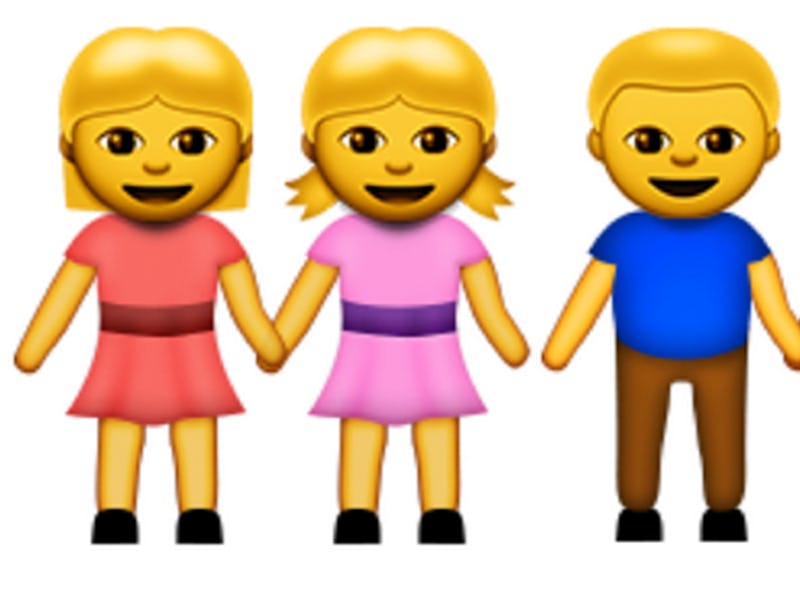Tinder and Grindr Are Apparently Killer Apps for Red State Gay Sex
Technology undermines bigotry by providing a pipeline for self acceptance.

The percentage of people reporting same-sex experiences is rising in America. And the people engaging in these experiences are living in precisely the places you wouldn’t expect. According to a new study based on data from the U.S. General Social Survey, same-sex sexual experiences have doubled since the 1970s, with the greatest increases reported in the historically intolerant South and Midwest. This is a puzzling statistic because acceptance of same-sex behaviors in these areas hasn’t increased relative to attitudes in the rest of the country. What else could be driving the trend toward more fluid sexual norms? The researchers behind the study point to one crucial factor that’s making sexual freedom possible: Technology.
A lot has changed since 1972, when the General Social Survey first started collecting data on sexual behavior, according to the new report, published this week in Archives of Sexual Behavior. People are (slightly) less judgmental. Our frameworks for thinking about sexuality are less rigid. But, more concretely, we’ve gained access to a surfeit of technologies that make “sexual networking,” as the authors of the study put it, much easier and much more discreet, especially for people who live far from strong LGBTQ communities and large cities.
And they’re not just referring to Tinder and Grindr; they’re looking back to the chat rooms of the 1990s and the sexual networking websites of the early 2000s, which help explain the increased prevalence of same-sex experiences over the years, especially in the regions where homophobic attitudes still dominate.
The study reports that, nationally, the number of people who have had at least one same-sex encounter has nearly doubled among men and more than doubled among women. And, as a country, we’re a lot more chill about it, too, with acceptance of same-sex behaviors quadrupling over the years.
But on a regional level, sexual norms seem to be changing much faster than cultural attitudes: Overall, the Midwest showed the biggest increases in same-sex sexual behaviors among men, rising from 3.1 percent in 1993 to 13.1 percent in 2014. Similarly, in the South, that number rose from 5 percent to 13.1 percent. Patterns among women were largely the same. But those regions didn’t show increased acceptance of same-sex behavior. In the 2010s, for example, only 22 percent of Southerners believed same-sex sexual behavior was “not wrong at all,” compared to 46 percent of people in the East. The authors hypothesize that, if society isn’t making it any easier for people to explore their sexuality, technology is increasingly being used as an alternate route.
Dating apps and their chat-room predecessors have their shortcomings, but they do excel at one thing: Making the world a little bit bigger. For people living in areas where intolerance is rampant and LGBT centers are far away, the internet is a door to community — or at least experimentation. By making it easier for same-sex encounters to take place, dating apps have acted — and continue to act — as a conduit for sexual norms from more liberal areas to spread to the places where people seek it the most.